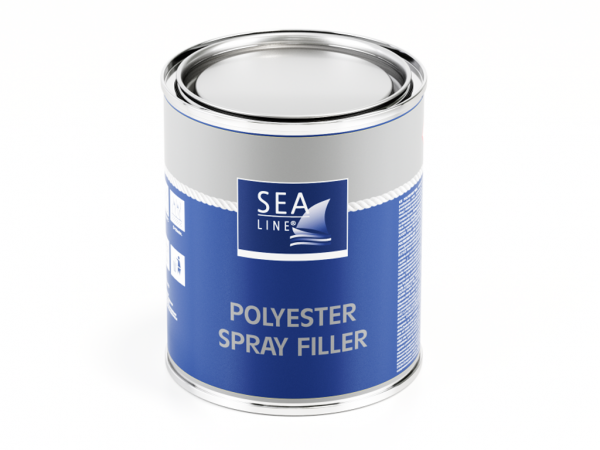
| Type | GRP laminates, wood, steel, aluminum |
| Place | Above waterline |
| Function | Large surfaces |
| Application | Spray gun |
| Thinning | YES – 0-10% |
| Pot file 20°C | 20 min |
| Hardening time 20°C | 3 h |
| Color | light grey |
| Pack | code |
| 1 kg – 10 kg – 25 kg – | 9071 7504 1192 |
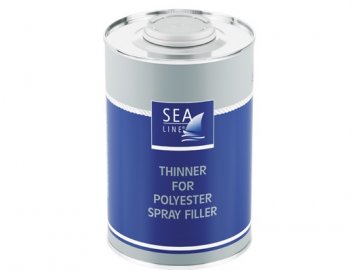
It is very important to use paint thinners, which provide the appropriate parameters of paint – flow, potlife, time of […]
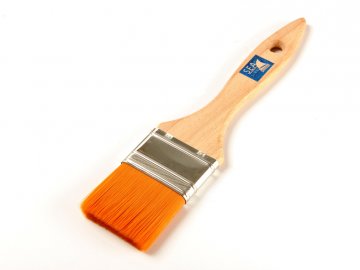
BRUSH PROFESSIONAL Sea-Line® BRUSH Sea-Line® ROLL AND HOLDER ROLL Sea-Line® PAINT TRAY Sea-Line® MIXER FOR PAINT Sea-Line® STORAGE – PLASTIC […]
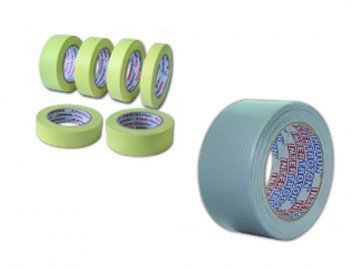
MASKING TAPE MASKING TAPE – MASTER “AQUA” SILVER TAPE – UNIVERSAL MASKING TAPE High-quality masking tape characterized by very good adhesion […]
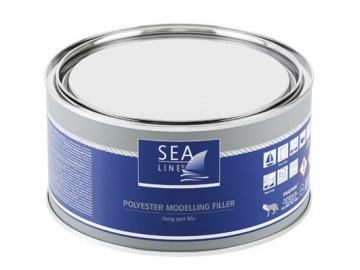
Recommended for use on large surfaces by means of extended pot life. Very easy to work with. Adapted for use […]
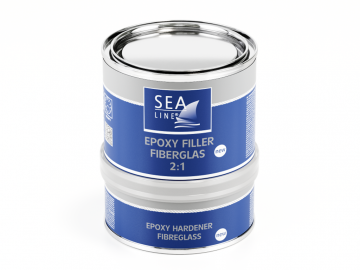
Epoxy Filler with fiberglass 2:1 Epoxy Filler with Fiberglass is very durable and can be applied in very thick layers. […]
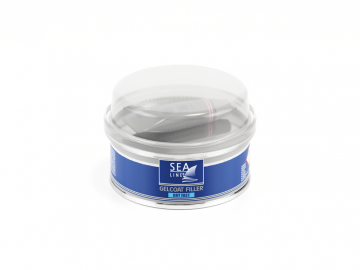
PRODUCT DISCRIPTION : NEW Gelcoat Filler is very fast hard and easy in use. Hardener is a paste Recommended for […]

It is very important to use paint thinners, which provide the appropriate parameters of paint – flow, potlife, time of […]
If the scratches are not deep, then we can renew the scratched side by polishing with Sea-Line polishing pastes. Above the waterline, when the scratches are not deep, the surface can be repaired with a DRY FAST gel coat filler. Deep scratches should be filled with epoxy filler (selected depending on the requirements of the scratched surface), painted with a primer and then painted with topcoat.

Refilling and to tackle inequalities caused by damage to or during the course of production

Protects boat surfaces from the effects of destructive activities osmosis and corrosion

Provide an aesthetic and a perfect look of the boat also protective against water and UV radiation

Protect the hull from fouling with algae and shells

Effectively remove scratches, refresh the color of gelcoat or paint, fast shine effect

Special preparations for effective cleaning and refinishing

Laminating, gluing and filling in cracks in gelcoat

Range of products useful in the boat builder work